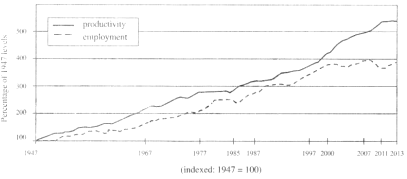题目内容
【题目】---Shall we go fishing on Saturday or Sunday?
--- Up to you. _______.
A. That’s all right. B. Never mind
C. That’s not the point. D. It makes no difference to me.
【答案】D
【解析】
试题分析:D 考查情景交际。句意为:我们星期六还是星期日去钓鱼好吗?由你做主,哪一天对我都无所谓。根据前面的Up to you可以知道接着说的是哪一天都没问题,所以答案是D。

练习册系列答案
 名校课堂系列答案
名校课堂系列答案
相关题目

